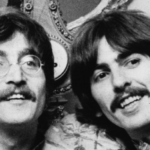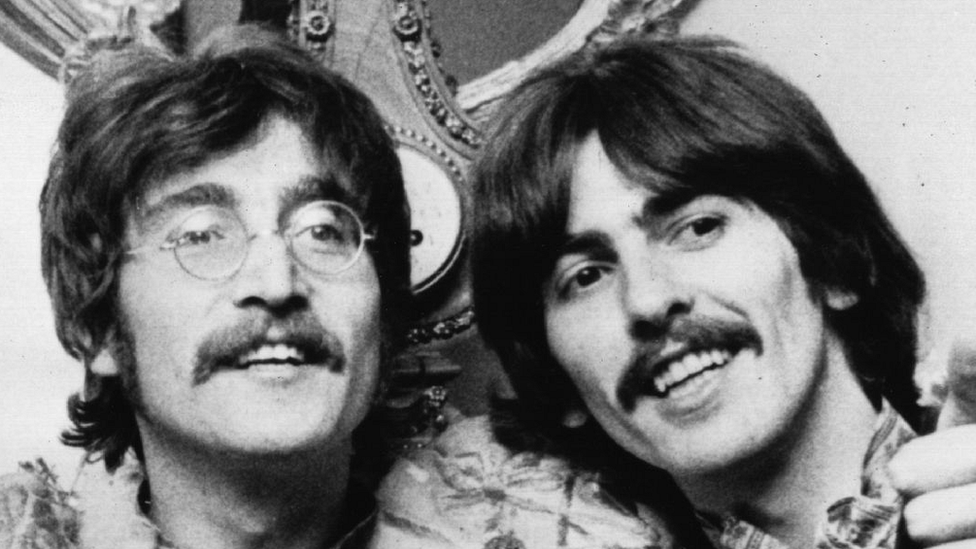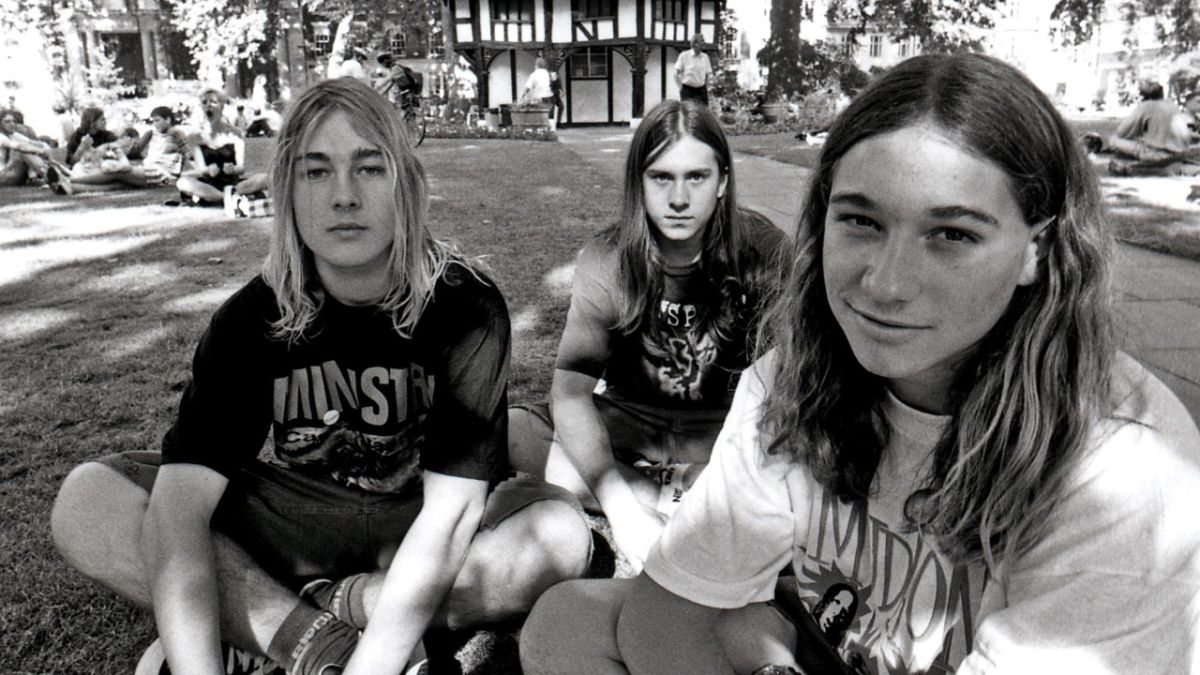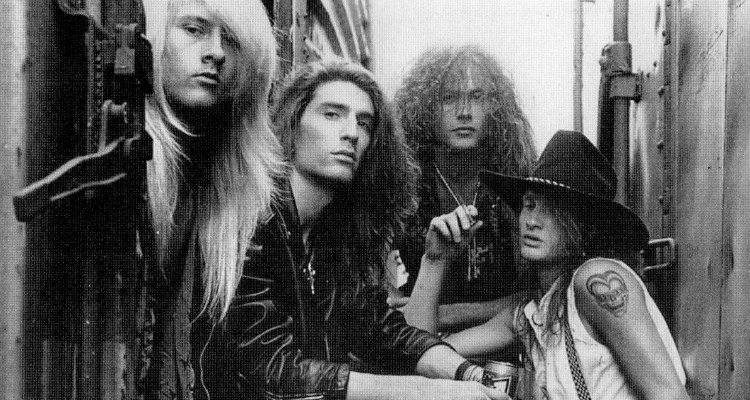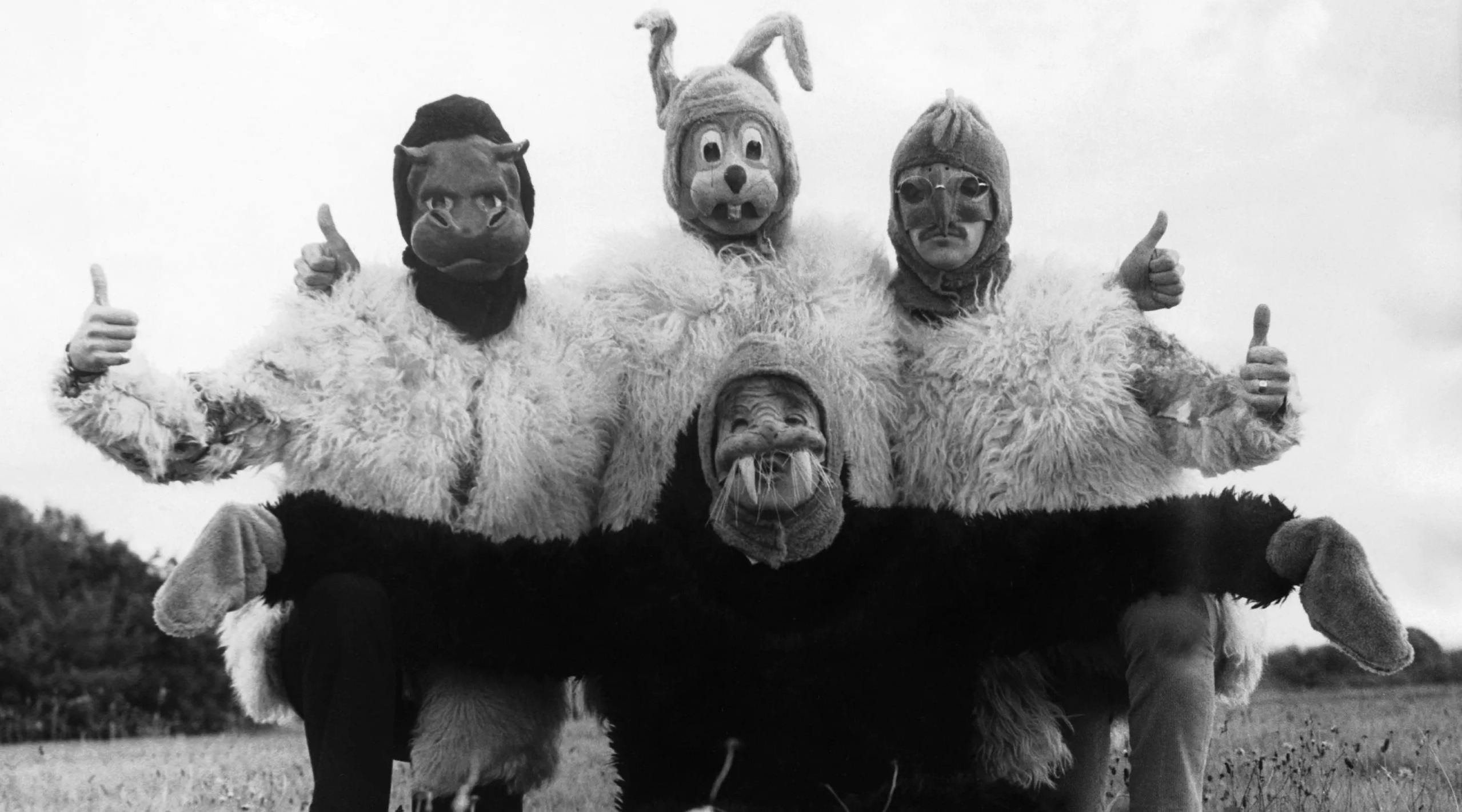The Legacy of Vanilla Fudge: Pioneers of Their Time
The 1960s marked a period of significant social change and cultural revolution, with rock music serving as a powerful medium for expression. While certain iconic bands like The Beatles and Led Zeppelin often dominate discussions of the era, it’s important not to overlook the contributions of other influential artists. Among them, Long Island’s Vanilla Fudge emerged as a pioneering force, fusing psychedelic elements with the foundations of what would become metal. This article explores the greatness of Vanilla Fudge’s cover of ‘You Keep Me Hangin’ On,’ examining its impact on the music scene of the time and why it continues to captivate listeners today.

Vanilla Fudge: A Trailblazing Band
Formed in 1967, Vanilla Fudge comprised four talented musicians: Mark Stein, Tim Bogert, Vince Martell, and Carmine Appice. Within a span of just three years, the band recorded five albums and solidified their place as one of the era’s most prolific acts. While Vanilla Fudge gained recognition for their cover songs, including ‘Eleanor Rigby’ and ‘Season of the Witch,’ it was their rendition of The Supremes’ ‘You Keep Me Hangin’ On’ that left an indelible mark on the music landscape.
A Psychedelic Masterpiece
Vanilla Fudge’s version of ‘You Keep Me Hangin’ On’ stands as a psychedelic masterpiece, bearing little resemblance to the original Motown classic. The band’s reinterpretation skillfully infuses a heavy groove, courtesy of Carmine Appice’s remarkable drumming. Mark Stein’s organ work is a standout feature, creating a mesmerizing atmosphere that sets the cover apart from its sugary predecessor. Stein’s use of the organ as both a lead instrument and a textural device showcases the band’s innovative approach to popular music. Notably, the return to the introduction near the end of the track heightens the tension, leading to a powerful climax that continues to evoke an emotional response even after 55 years.
Remarkable Performances
Each member of Vanilla Fudge contributes their unique talent to the cover, resulting in a pulsating behemoth of a song. Tim Bogert’s expressive bass work skillfully complements the vocal melody, adding depth and richness that even the original songwriters, Holland-Dozier-Holland, would admire. Vince Martell’s gritty and muscular guitar performance fills in the gaps left by the rhythm section, offering a powerful counterpart to the bass and drums. A notable highlight is the band’s electrifying performance on The Ed Sullivan Show in January 1968, where their energy and brilliance were on full display. Carmine Appice’s heavy drumming, accompanied by his famous stick twirls, adds an element of theatricality that further enhances the band’s performance. It’s moments like these that solidified Appice as one of the most influential drummers of all time.

Why Covers Matter
Vanilla Fudge’s choice to cover songs like ‘You Keep Me Hangin’ On’ was a deliberate artistic decision. By slowing down the tempo and carefully interpreting the lyrics, the band aimed to convey the true emotion and depth behind each song. In the case of ‘You Keep Me Hangin’ On,’ the original track may have sounded upbeat, but Vanilla Fudge’s rendition revealed the underlying pain and heartache within the lyrics. This approach exemplifies the band’s ability to breathe new life into existing compositions, making them relevant and impactful for a new generation of listeners.

The Enduring Impact
While the legacy of Vanilla Fudge may not be as widely recognized as some of their contemporaries, their cover of ‘You Keep Me Hangin’ On’ stands as a testament to their pioneering greatness. By defying conventions, the band crafted a psychedelic masterpiece that transcends time and continues to resonate with audiences today. From the remarkable performances of each member to their bold interpretation of well-known songs, Vanilla Fudge’s unique sound and contributions to 1960s rock should never be forgotten. This cover serves as a reminder of the raw power and artistic innovation that emerged from the counterculture movement, challenging stereotypes and leaving an enduring impact on the world of music.


